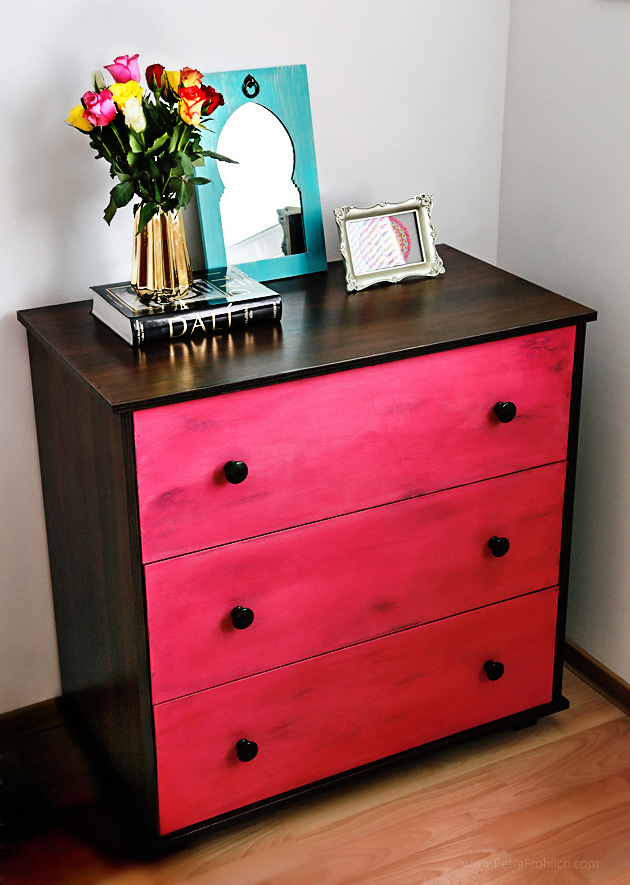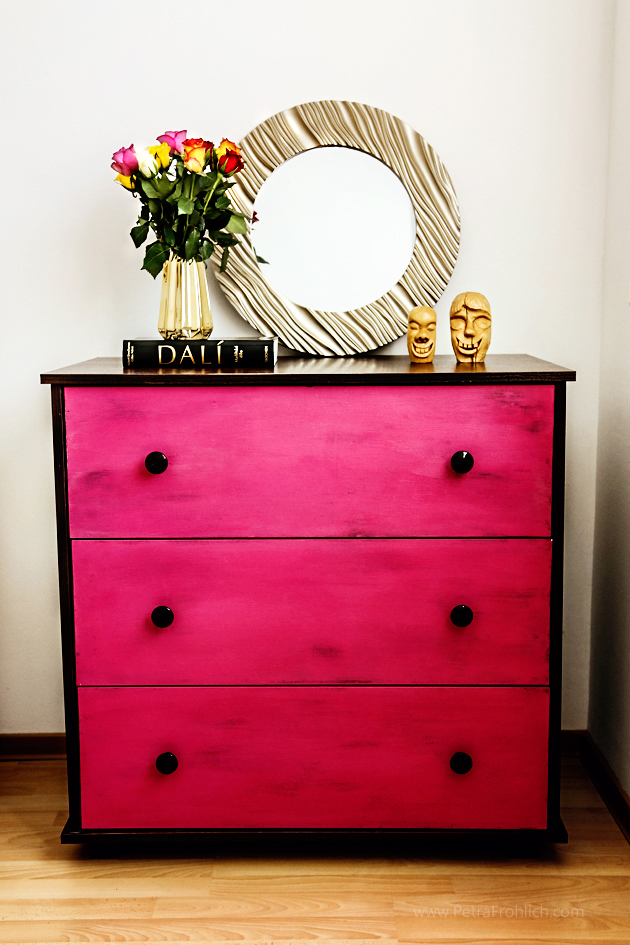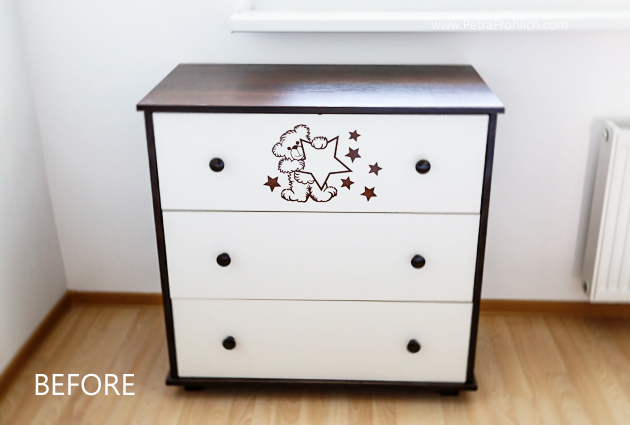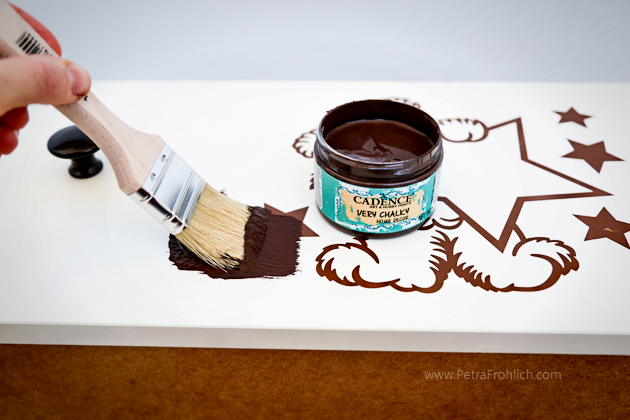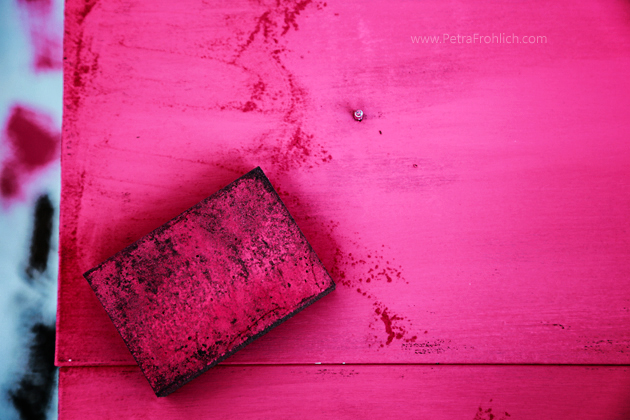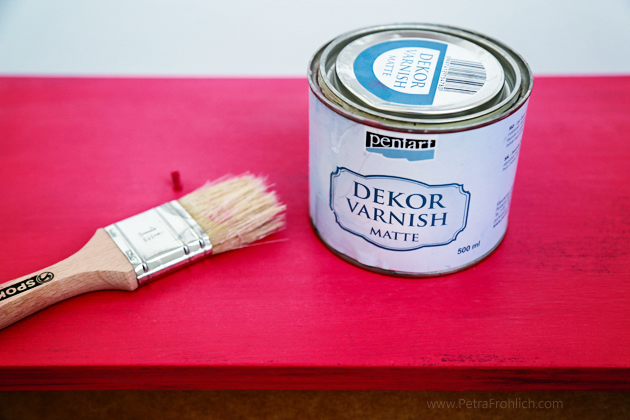
Hi friends!
In the past few months I’ve been really eager to pour more color into the place where I live. Just for fun. To make us feel better. And while doing that I learned one big thing about me – I can find a good excuse to use PINK in every project, for every room (I honestly did not know that about myself, but now I do…) 🙂
With this and this happy project under my belt, I am super-excited to share with you another thing I made, my newest darling, the crochet round rug.
And it’s pink. Yes. What else is new, you might ask. 🙂
Anyways, I had been planning to make a big area rug for quite some time. The only thing that was holding me back was the fact that I did not really know how to prevent the rug from slipping (with a little baby in the house, that was my top priority).
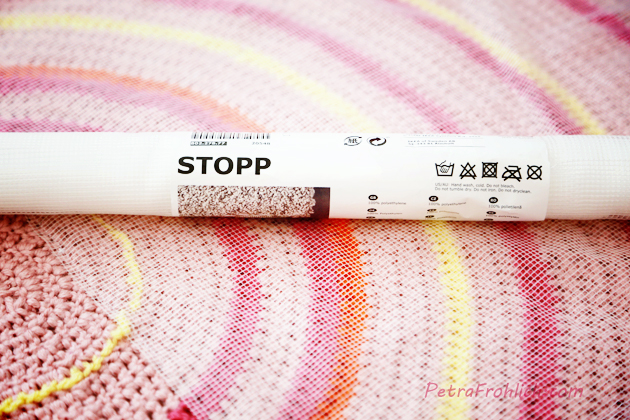
This issue was miraculously solved one day when I stumbled upon this Ikea product. The Stopp unti-slip underlay keeps the rug in place, which reduces the risk of slipping and makes it easier to vacuum. Awesome, huh?
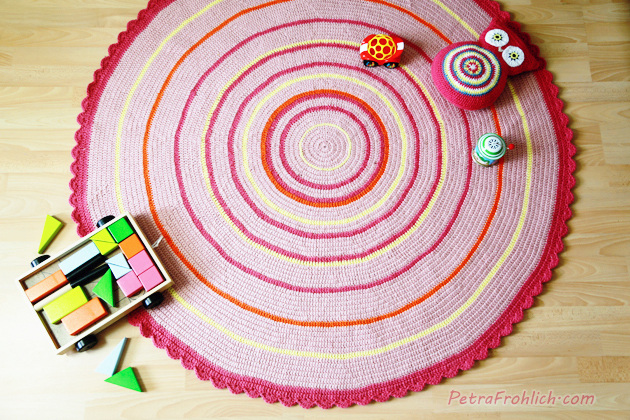
If you’d like to make something similar, I am happy to describe for you what I did:
I used bulky yarn (this, this, this and this) and 6 mm crochet hook (J-10).
PATTERN
In Round 1, I made a magic ring and crocheted 13 double crochet stitches into it.
Note: If you’d like to make your rug with single crochet stitches (US), starting with 6-8 stitches is recommended in round 1.
If you’d like to make make your rug with half double crochet stitches (US), 10 stitches are recommended.
Round 2: Make two stitches into each stitch of Round 1.
Round 3: Make two stitches into the first stitch of the previous round, one stitch into the next. Repeat this pattern.
Round 4: Make two stitches into the first stitch of the previous round, then one stitch into the next two stitches. Repeat all the way around.
Round 5: Make two stitches into the first stitch, then one stitch into the next three stitches. Repeat this pattern all the way around.You now see a pattern emerging. In every round, the number of stitches between increases increases by one. To continue making your rug, increase the number of stitches between increases by one.
My rug has 53 rounds. And then the scalloped edging as Round 54.
Tip: If your rug starts to WAVE, that means you have too many stitches in the last round. To help that, make one round without any increases.
If your rug starts to look like a BOWL, that means that the number of stitches in the last round is too little. To help that, make one round with double the amount of increases.
Edging:
I ended my round 53 with 570 stitches (I think I officially ended with 571 stitches but since I needed to have a number of stitches which would be dividable by 6 to make the edging work, in round 53 I ‘got rid’ of 1 stitch by making 1 dc decrease in two last stitches. It is not noticeable at all).
To make the edging I made this: ‘6 double crochet stitches – chain 1 – skip 2 stitches – 1 slip stitch in following stitch – chain 1 – skip 2 stitches’ and then continued repeating it all the way round.
And that pretty much concludes how the rug was made.
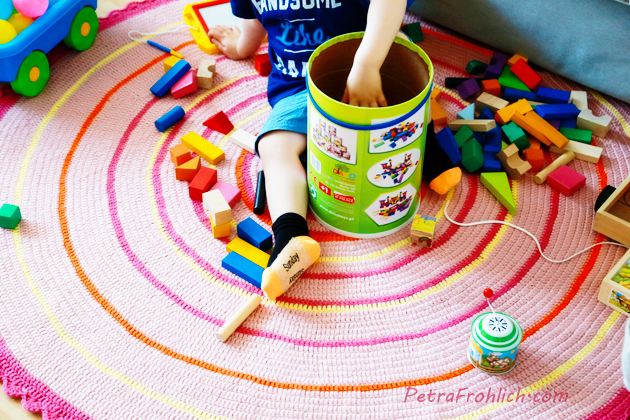
And here it is in full action.
The round rug currently resides in our living room, serving mostly as playing headquarters.

After sewing the unti-slip underlay to the underside of the rug, it works just like a charm.
Thanks for letting me share.
See ya!
With love,
Petra
- Like
- Digg
- Del
- Tumblr
- VKontakte
- Buffer
- Love This
- Odnoklassniki
- Meneame
- Blogger
- Amazon
- Yahoo Mail
- Gmail
- AOL
- Newsvine
- HackerNews
- Evernote
- MySpace
- Mail.ru
- Viadeo
- Line
- Comments
- Yummly
- SMS
- Viber
- Telegram
- Subscribe
- Skype
- Facebook Messenger
- Kakao
- LiveJournal
- Yammer
- Edgar
- Fintel
- Mix
- Instapaper
- Copy Link

